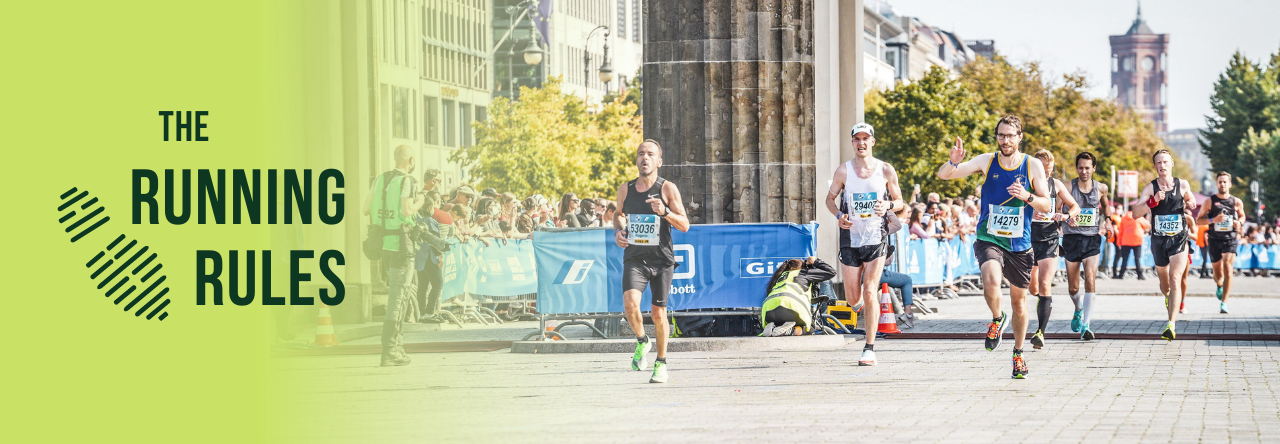The half marathon is my favourite distance. Long enough to be a great physical challenge to aim for but not so long that training for it need take over your life. It is short enough that you can run at a decent pace without carrying lots of supplies while not so short that you feel you are running out of control with every step.
Some of my best races have been half marathons. It’s as close to the fabled runners’ high that I have experienced. You are running at a pace which feels tough on the one hand yet you feel you can keep it going almost indefinitely.
Your body is working hard but your mind is only switched on enough to check your pace is consistent. Miles have passed in half marathons where I couldn’t recall a thing and almost felt trance-like, so focused on maintaining form, cadence, effort and pace.
I have also had good races where external factors have been able to penetrate the trance. I have run half marathons with spectacular coastal or mountainous scenery and ones with great support or out and back routes where you pass many other runners.
External factors are really important to help you along when you are struggling but it is also great to enjoy them when things are going well too.
However, get the half marathon wrong and it can be a soul destroying experience. Let me reframe my opening statements:
A half marathon is long enough that you must do a decent amount of training to be able to complete it well. It is too long to run at your fastest pace. You have to know where the line is to be able to regulate your pace correctly for a half marathon.
I’ve made a lot of mistakes and run some pretty horrific half marathons. I was so under trained for my first half marathon that my brother had to drag me round the last 4 miles listening to me whingeing ‘I can’t do this!’. We finished 11 minutes slower than I did for the next half I actually trained properly for.
In 2019 I ran a fairly flat half marathon 6 weeks after running a half marathon PB on a similar course. I started far too fast, neglecting the fact that since the last half I had run London marathon and not really recovered properly and my training had been reduced for taper either side of it.
After 2 miles at 5k pace the damage was done. The last 11 miles seemed like the longest, toughest miles I’d ever run, though in truth they should have been relatively easy. By the end I was running a minute a mile slower than my London marathon pace and finished 6 minutes slower than 6 weeks earlier.
You can definitely avoid the woeful runs I’ve had throughout the years. Obviously having strength in the legs and some decent long runs in the bag is essential. Base training of strength and conditioning sessions combined with some hill runs can build up your strength.
This phase should precede your half marathon training. During the plan your long run will increase gradually over each week. I recommend building up to at least the same elapsed time you plan to run on the day. 11 miles at easy pace should take you the same time as a half at race pace.
In the more advanced half plans we go up to 16 miles. With proper fuelling beforehand this should be over before any ‘wall’ you may encounter in marathon training and races. You may still feel you need energy boosts for a half marathon, especially if you are running 2 hours plus, but unlike marathons, it isn’t as critical. One less thing to think about makes things easier.
If you are new to half marathons then ensuring you can complete the distance should be your main focus. If you have run a few and are looking to improve then you may want to focus more on speed but never forget your long runs are still key.
The short intervals are great for increasing raw speed and improving your 5k time. If your 5k time is improving then it is very likely that your half marathon time will improve too if the rest of your training is going well.
However, the tempo or progression runs are my favourite for the half marathon. Typically you will run 3 to 6 miles in the middle at half marathon pace. If you can hold this pace then it’s a great indicator that you’re on the right track for the race.
Technically, this pace is slightly below ‘lactate threshold’ pace. This is the pace at which the body can clear out lactate faster than it is produced in the muscles. Once you go over this pace you will fatigue very quickly – which is what happened to me in my ordeal in 2019.
My biggest tip is to understand and be honest about exactly what shape you are in when you take on a half marathon. This can work both ways. In the past I have been overly optimistic of what I could achieve leading to some spectacular blow-ups.
However, sometimes when the training has gone well, you have to back yourself to maintain a pace during the race that you’ve only held for 5 miles in training. You have to remember that the race is a culmination of all the different parts of training coming together combined with the freshness of rest and the adrenaline of race day.
When you get it right the half marathon can make you feel almost invincible.

Leave a Reply